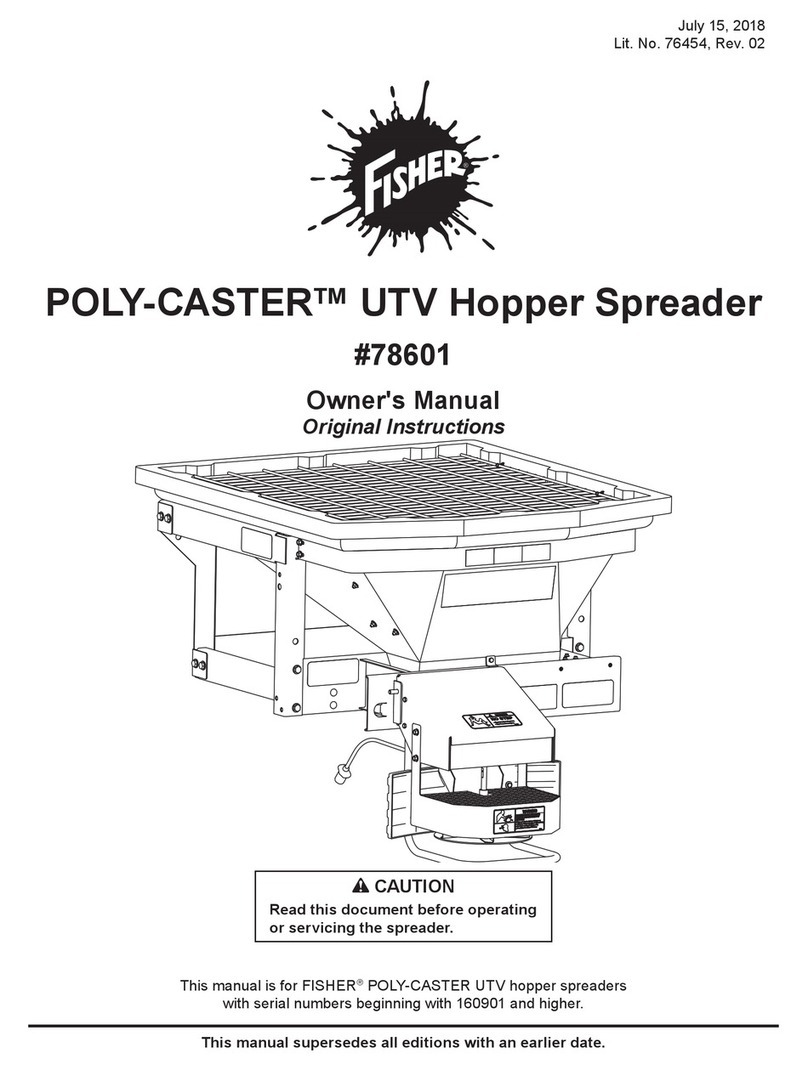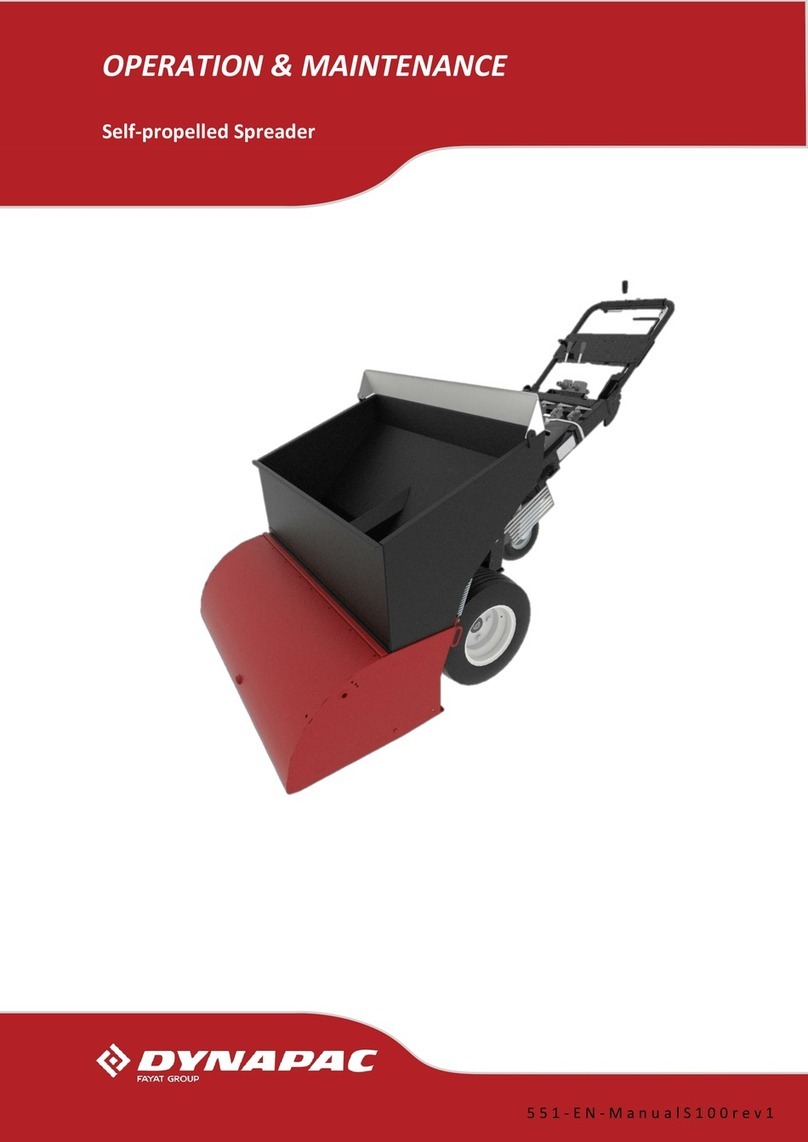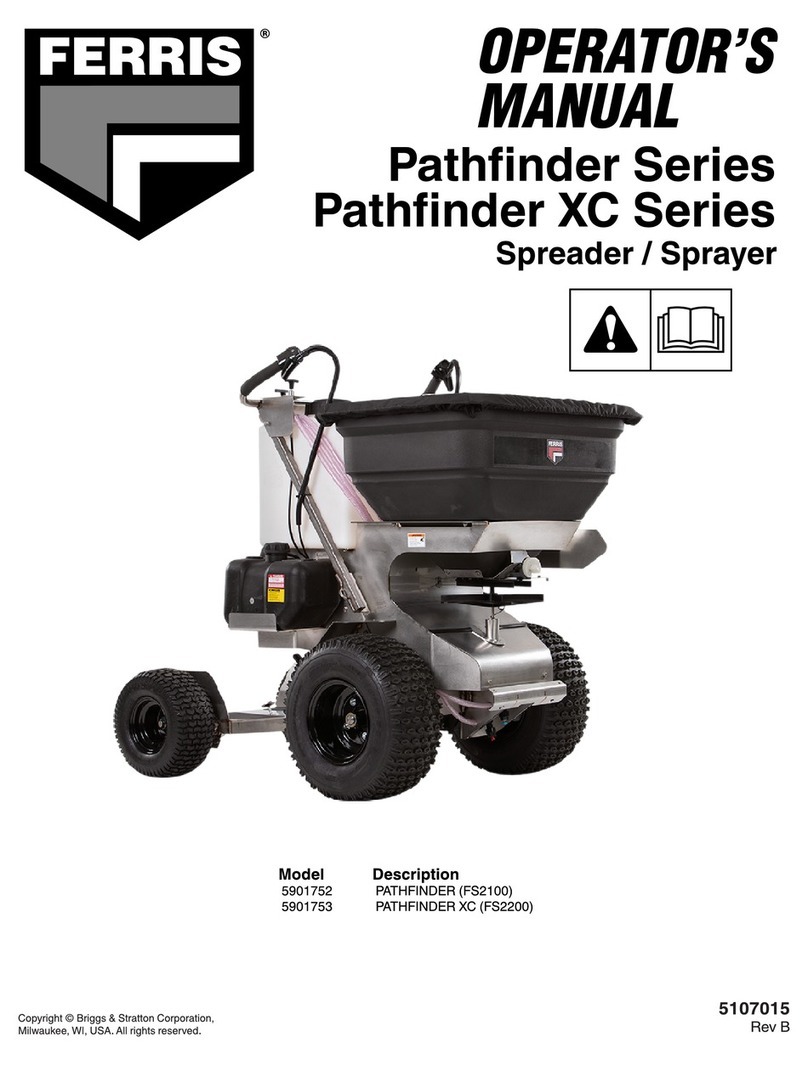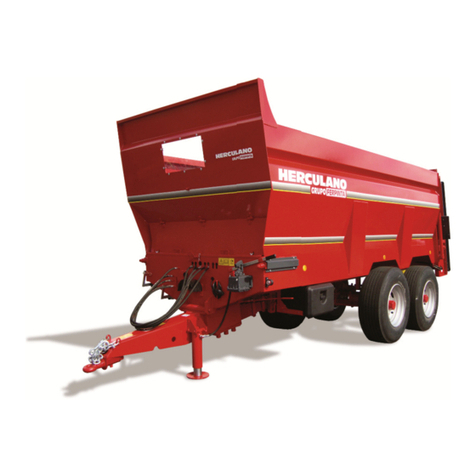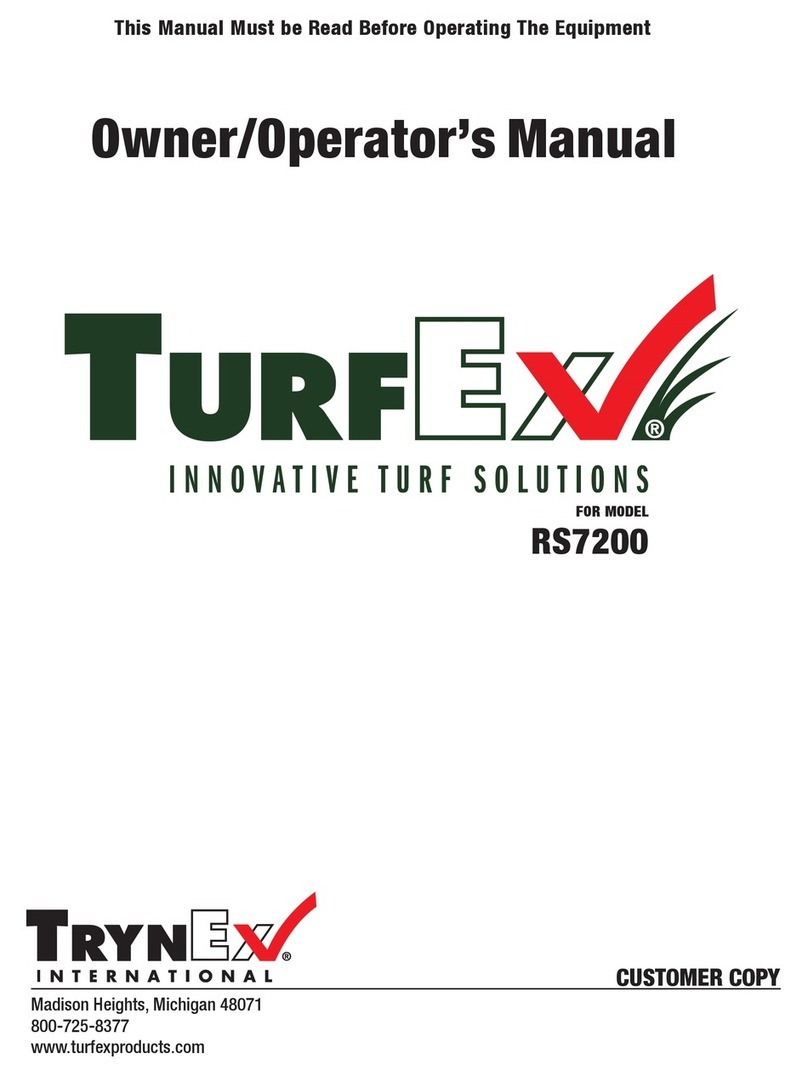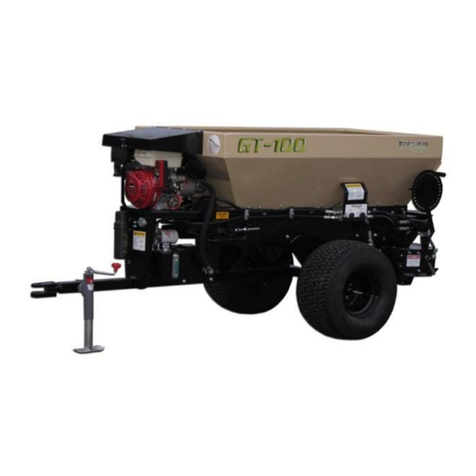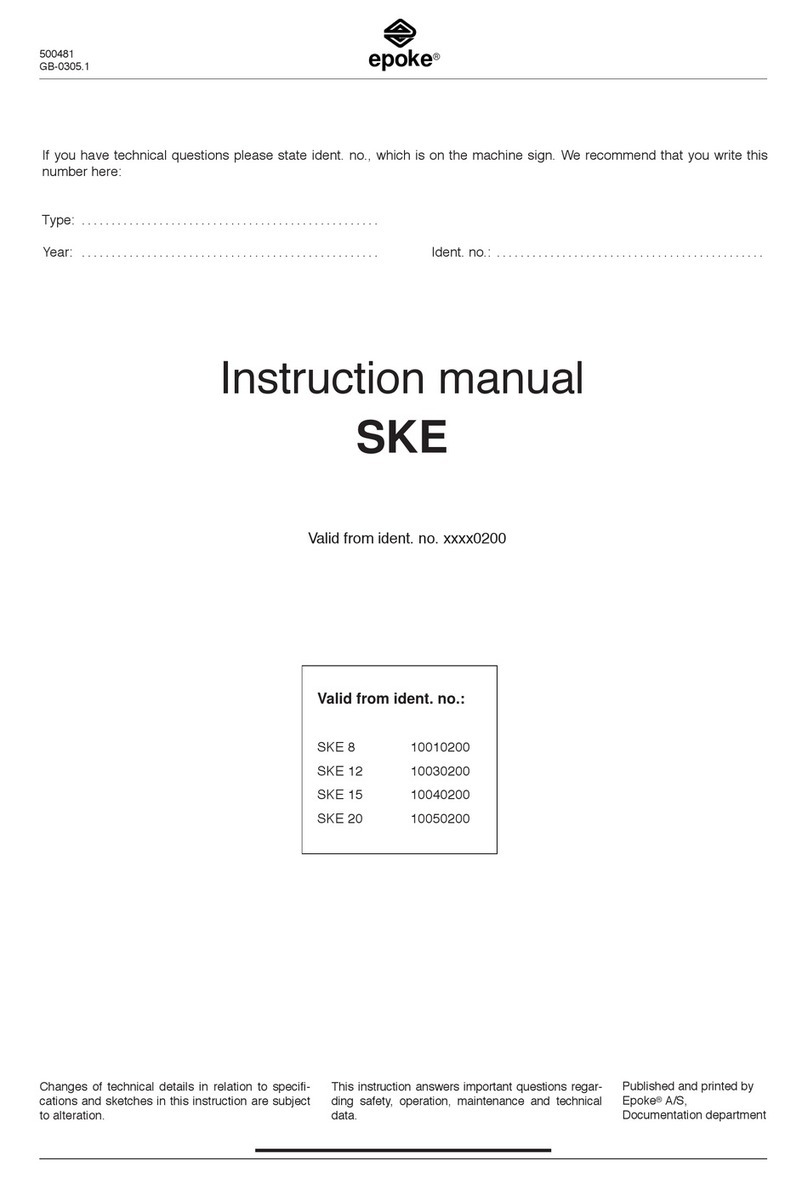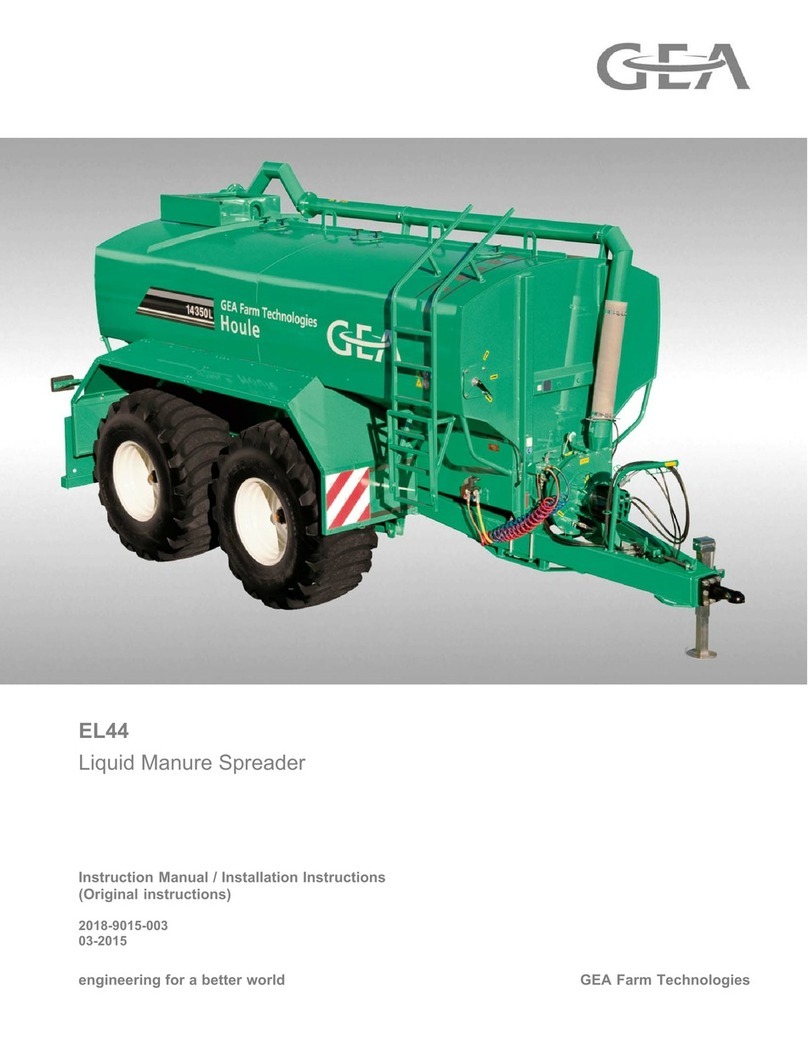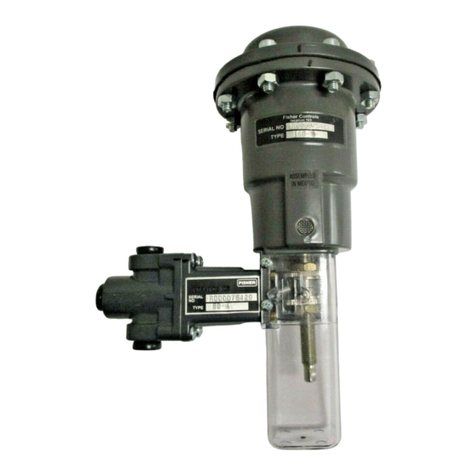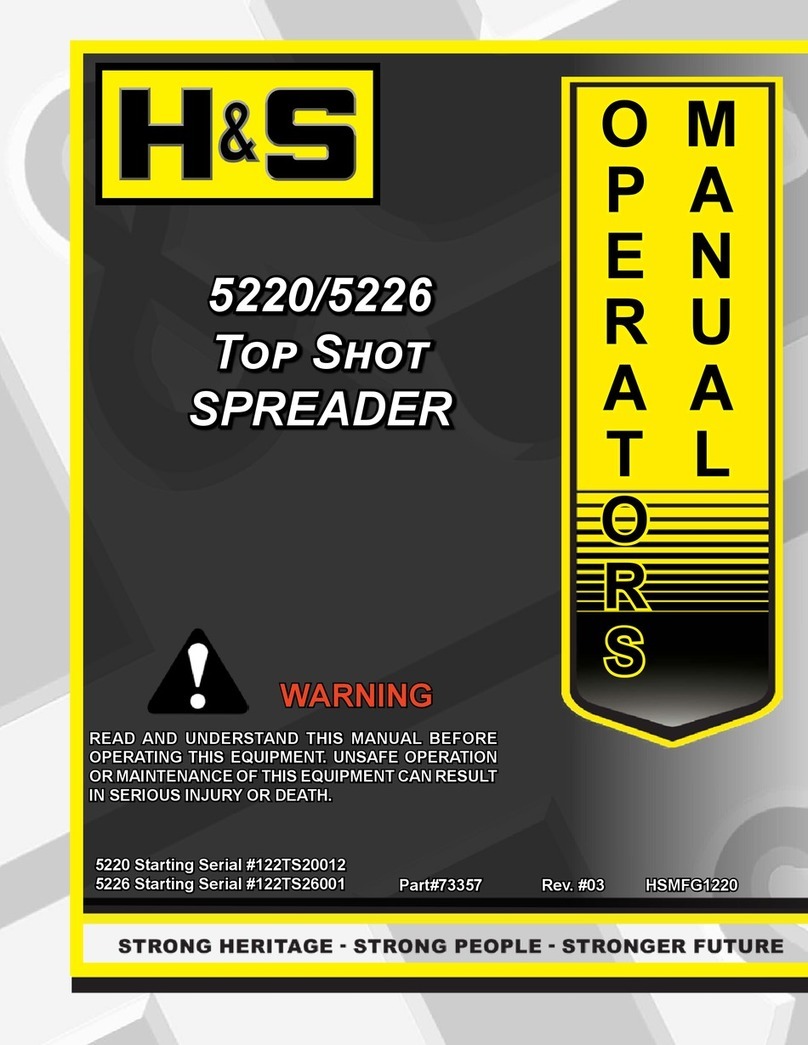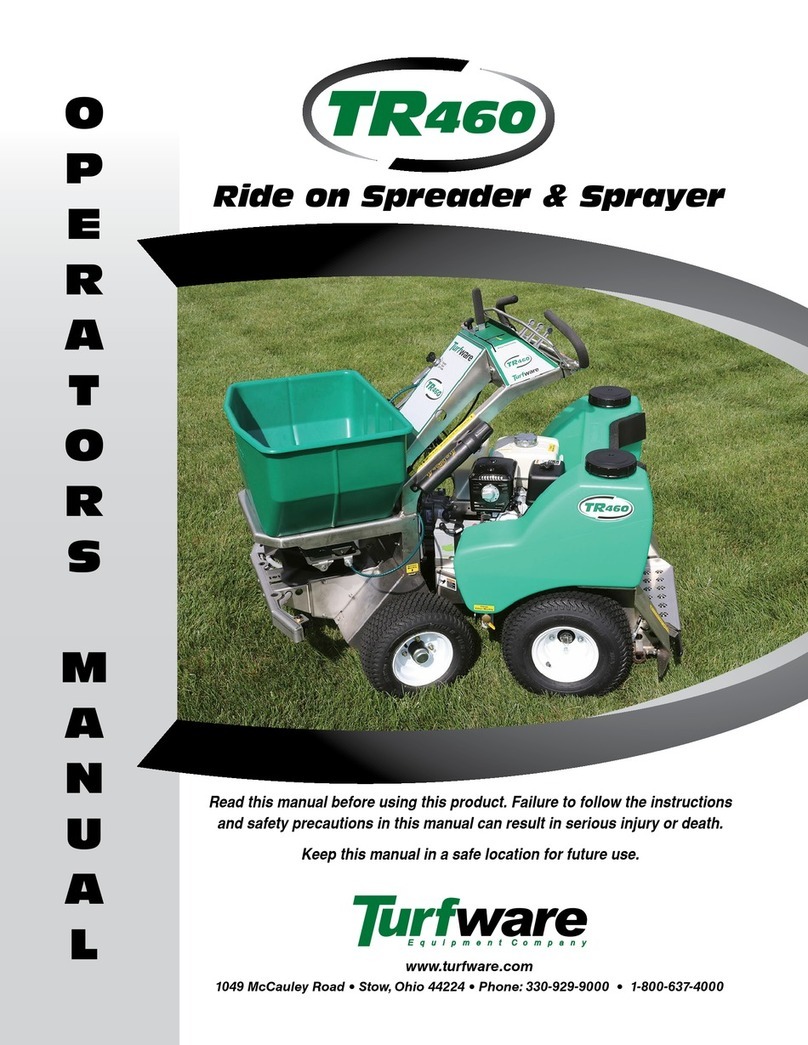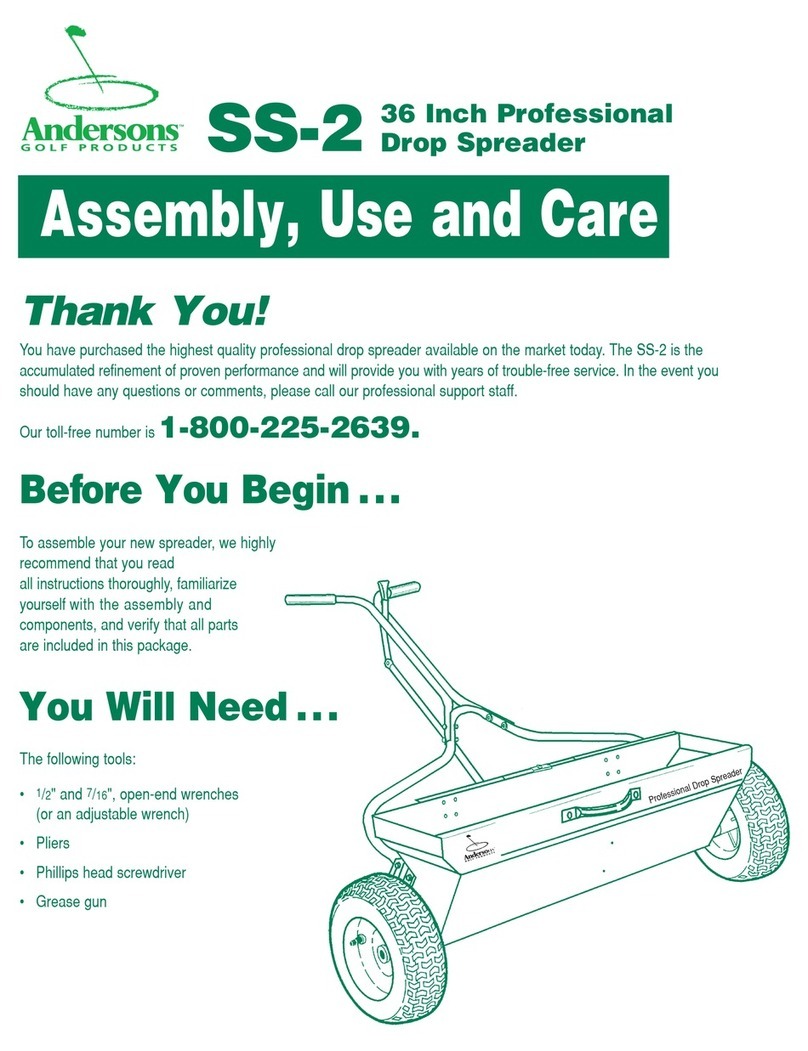CynkoMet N-233
Page 6
Table of contents
1. Introduction .............................................................................................. 7
1.1 Identification of the machine.......................................................................................9
1.2 Models...............................................................................................................................10
1.3 Additional equipment (OPTION –optional equipment)...................................11
2. Purpose of the spreader ...................................................................... 14
3. Safety in use........................................................................................... 16
3.1 General safety and accident prevention regulations.......................................16
3.2 Attaching and detaching the machine to the tractor........................................19
3.3 Road wheels...................................................................................................................19
3.4 Pneumatic and hydraulic system........................................................................... 20
3.5 Maintenance...................................................................................................................21
3.6 The principles of movement on public roads......................................................21
3.7 Description of residual risk....................................................................................... 25
3.8 Residual risk assessment......................................................................................... 26
3.9 Information and warning stickers........................................................................... 26
4. Information regarding use................................................................... 30
4.1 Technical characteristics........................................................................................... 30
4.2 Description of construction and operation...........................................................31
4.2.1 General description..............................................................................................31
4.2.3 Brake system: working and parking brake..................................................34
4.2.4Electricalinstallation,lightingandsignaling......................................................... 36
4.3 Rules of proper use of the spreader........................................................................ 38
4.3.1 Preparation before running for the first time..............................................38
4.3.2 Preparation for the spreader’s work..............................................................44
4.3.3 Preparation for operating the spreader as a transporter.......................45
4.3.4 Loading the spreader..........................................................................................47
4.3.5 Connecting and disconnecting with the tractor......................................... 47
